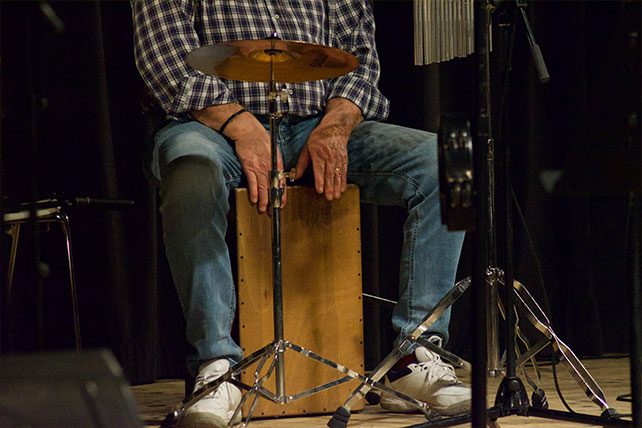When a church decides to plan a stripped-down musical moment, an acoustic worship set can offer a refreshing change of pace. The unplugged feel creates space for simplicity, vulnerability, and authentic congregational participation. Without the full band, production lights, or wall of sound, the focus returns to voices, melodies, and the shared presence of God’s people. Planning this type of worship set requires more than just turning down the volume; it demands intentional choices in arrangement, leadership, and atmosphere.
The Heart of an Acoustic Worship Set
At its best, an acoustic worship set is not simply a scaled-back version of the usual service. It is a different mode of worship, one that values intimacy over energy, storytelling over spectacle, and depth over distraction. This setting calls leaders and congregations alike into a posture of listening and participating in ways that a large, amplified service often cannot. To make the most of it, worship planners should consider five key components.
1. Instrumentation that Serves the Room
The obvious place to start is the choice of instruments. Acoustic guitar is often central, but leaders should resist the urge to let it dominate the sound. A well-placed piano or keyboard with a softer touch can add richness without overwhelming the mix. Percussion can be as simple as a cajón or hand drums, offering rhythm without drawing attention. Strings, such as violin or cello, bring warmth and texture, while a bass guitar played gently can fill out the lower range. The guiding principle is restraint: every instrument must serve the room, not the musician. In smaller gatherings especially, less is more.
RELATED: Could You Do a Worship Set Without Microphones?
2. Vocals that Lead Participation
With fewer instruments, vocals become the anchor of the set. The lead singer should model both clarity and humility, inviting the congregation to sing rather than performing for them. Harmonies, when used sparingly, can enhance the sound and encourage deeper engagement. In an unplugged setting, microphones may still be necessary, but volume should be balanced to allow the congregation’s voices to rise above the stage. The ultimate goal is not polished perfection but shared participation, where the gathered community truly hears itself worshiping together.

